natural attractions
Nature Park Žumberak – Samobor Mountains is one of the most beautiful protected areas in Croatia, known for its rich biodiversity, picturesque landscapes and cultural and historical heritage. Located on the border between continental and mountainous Croatia, the park covers more than 300 square kilometers and offers spectacular views of forests, meadows, canyons and karst phenomena. The park is home to numerous waterfalls, of which the Sopot waterfall is the most famous, and the peak of Sveta Gera (1,178 m) offers stunning views of the surrounding area. This area is rich in hiking, cycling and recreational walking trails, while visitors can enjoy untouched nature and traditional architecture. The park is also home to a diverse flora and fauna, including many rare and protected species. The historical and cultural aspect of the park is enriched by old hillforts, churches and ethnographic heritage that testifies to the millennia-old connection of man with this region.
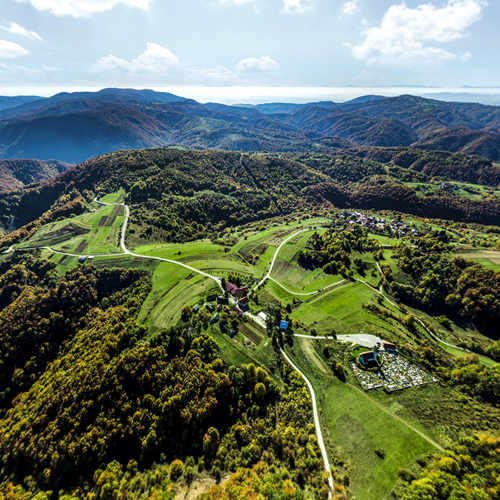
Sopot Waterfall is one of the most famous natural gems of Žumberak, located near the village of Sošice. With its impressive height of about 40 meters, it is the highest waterfall in this part of Croatia and is a favorite destination for nature lovers and hikers. The waterfall is reached by a well-maintained trail that passes through a picturesque forest landscape, giving visitors the opportunity to enjoy the peace and quiet of untouched nature. Surrounded by steep rocks and greenery, the waterfall is especially attractive after heavy rains, when its power comes to the fore. In addition to its natural beauty, the waterfall and its surroundings are ideal for photography and relaxation, making it an unmissable destination in Žumberak.
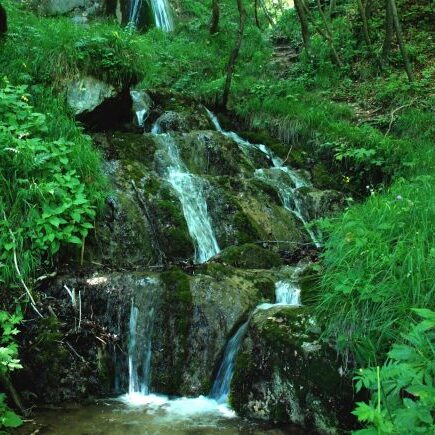
Sveta Gera Peak (Trdin Peak) is the highest peak of Žumberak Mountain, with an altitude of 1,178 meters above sea level. Located on the border of Croatia and Slovenia, this place is known for its natural beauty and historical and cultural significance. At the top is the Church of St. Elias, which is one of the highest churches in Croatia, and a military facility that reminds of the geopolitical importance of this area. Sveta Gera is a favorite destination for hikers and hikers, offering spectacular views of Žumberak, the Slovenian Posavje region and even the Alps on clear days. The surrounding landscape abounds with hiking trails and rich flora and fauna, making this peak a perfect place for nature lovers and recreation.
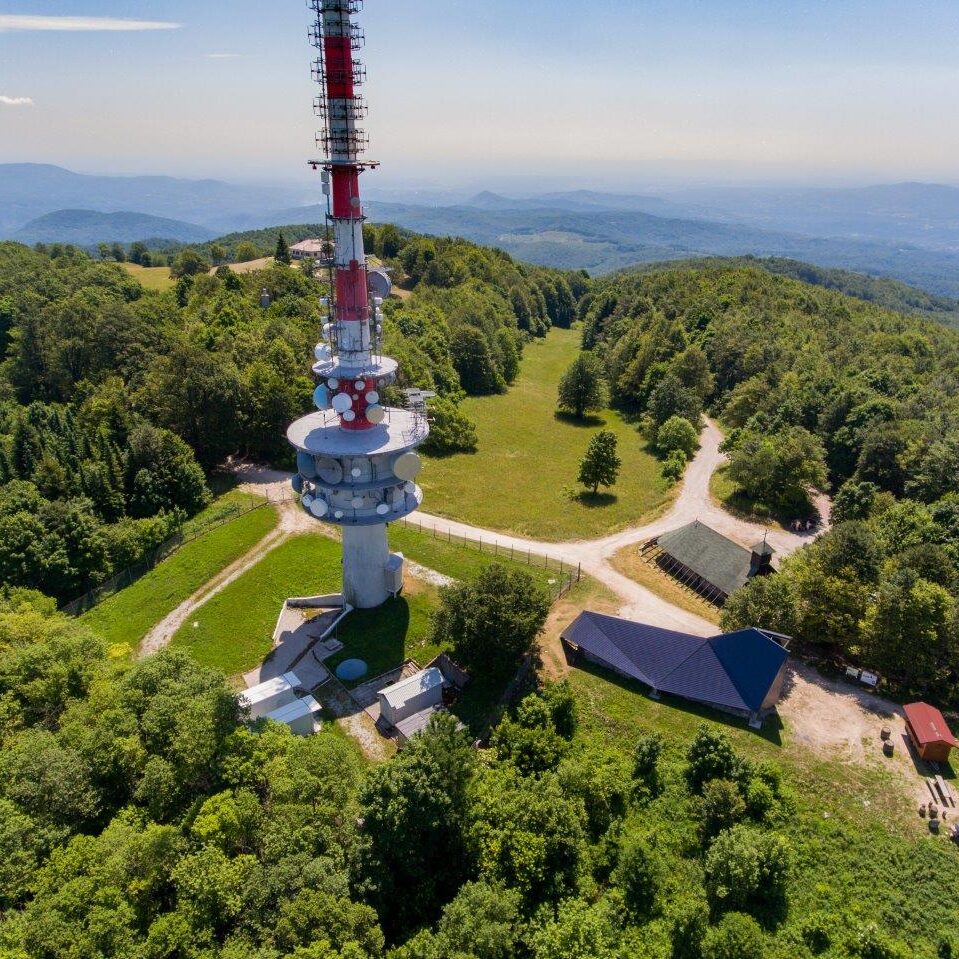
Sources of the Kupa and Dobra Rivers are located in the picturesque area of Žumberak and represent the natural wonders of this region. The source of the Kupa River, also known as the Kupeško or Kupeško Lake, is located in a deep forest valley and amazes with its crystal clear turquoise water that emerges from the underground. This place is often called the “eyes of nature” because of its peaceful, almost mystical appearance. On the other hand, the source of the Dobra River, although less well-known, is equally fascinating and offers the opportunity to explore the original course of the river as it passes through rich karst terrain. Both sources are favorite destinations for hikers, nature lovers and photographers, and they also stand out for their geological importance as they represent unique karst phenomena. These areas offer peace and quiet and the opportunity to connect with nature in its rawest form.
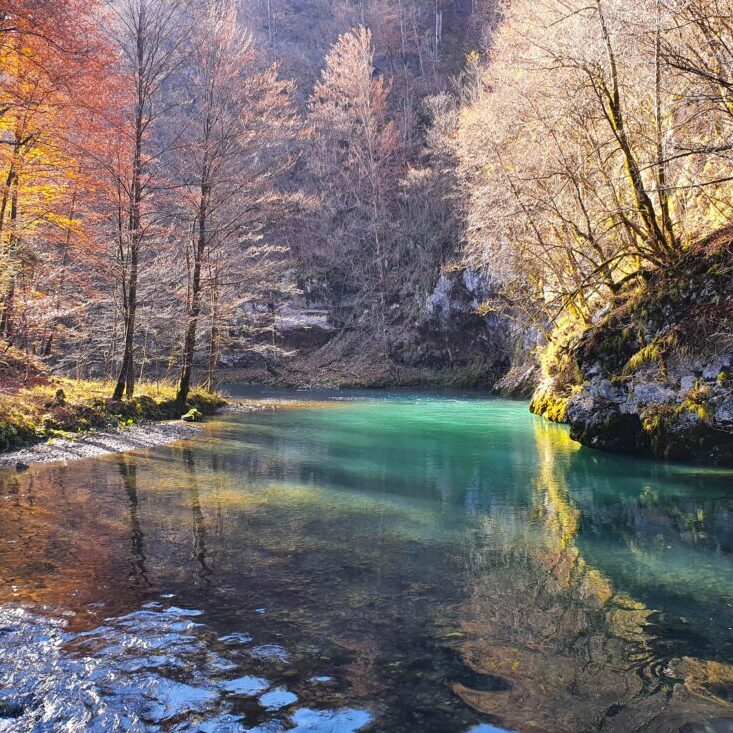
Historical landmarks
Old town Žumberak (Sichleberg) is a medieval fortress located on the top of one of the hills of the Žumberak Mountains, not far from the village of Sošice. The city was an important military and strategic point in the Middle Ages, and has been mentioned in historical sources since the 13th century. Although it is now in ruins, traces of walls, towers and defensive structures still testify to its former power. The name “Sichleberg” or “Sihla Berg” comes from the old German language, and the name was often associated with its role in the defense of the region. The city served as a headquarters for the local noble family and as a strategic fortress against Turkish and other threats. Although it lost its military function over time, it remained a symbol of the history and culture of this part of Croatia. Today, the place is popular among history lovers and planned excursionists, because along with the ruins it offers a beautiful view of the surrounding nature and valleys.
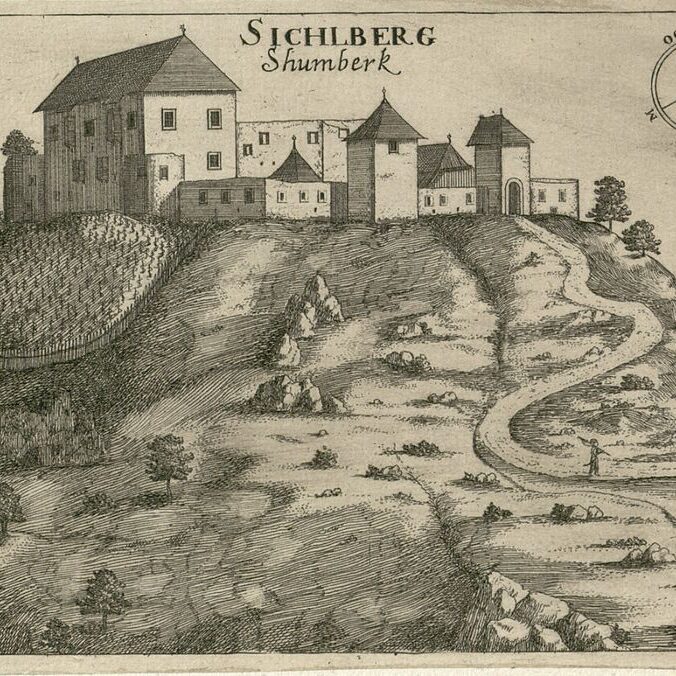
Church of St. John the Baptist in Grabar is one of the most important religious and cultural monuments in Žumberak. Located in the small village of Grabar, the church dates back to the 18th century, and its architecture reflects the typical Baroque style that was present at that time. The church is particularly important for the local community because it is still a place of gathering for believers, and it also represents a symbol of the history and tradition of this region. The interior of the church is decorated with artistic details, including paintings and an altar dedicated to St. John the Baptist, to whom the church is dedicated. Although small, the church has a deep-rooted meaning in the lives of the local population, and its position in a peaceful natural environment makes it a favorite destination for visitors seeking a spiritual and cultural oasis.
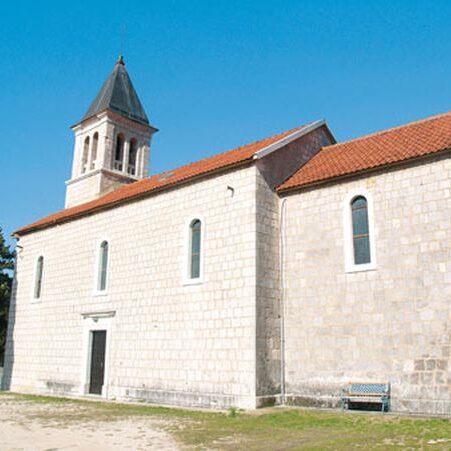
Greek Catholic churches and monasteries in Žumberak bear witness to the rich and specific religious tradition of this area. Žumberak is one of the few areas in Croatia where Greek Catholicism is deeply rooted, and the tradition goes back centuries. Greek Catholic churches, with their characteristic architectural style and rich liturgical customs, are often located in picturesque, isolated settlements. The most famous among them is the church of St. Peter and Paul in Sošice, which is an example of excellently preserved church heritage. In addition to the churches, Žumberak is also home to several Greek Catholic monasteries that have played a key role in preserving religious, cultural and educational traditions. These monasteries and churches are not only religious centers, but also cultural institutions that have historically helped preserve the identity and tradition of Greek Catholics in this part of Croatia. Today, these buildings and their surroundings are essential destinations for anyone who wants to explore the spiritual and cultural heritage of Žumberak.
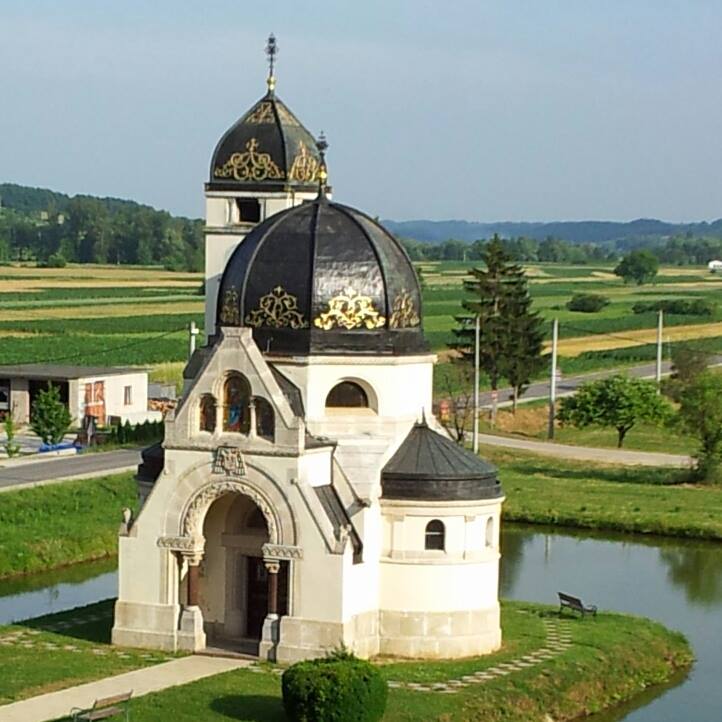
Žumberak is an area rich in archaeological sites which testify to the long and rich history of this region. Among the most famous archaeological sites are tumuli (tombs) and hillforts dating back to the pre-Roman and Roman periods. On numerous elevations and strategic positions in Žumberak there are remains of settlements and fortifications from the time of pre-Slavic peoples, as well as from later periods. These locations indicate the importance of Žumberak as an area that was also inhabited during the early Middle Ages, when the Uskoks, the ancestors of today's Croats, resisted Ottoman invasions. Archaeological research in Žumberak has uncovered numerous artifacts, such as ceramics, tools and coins, that provide insight into the daily lives of these communities. These sites not only have historical value, but also contribute to the understanding of the cultural heritage of the region.
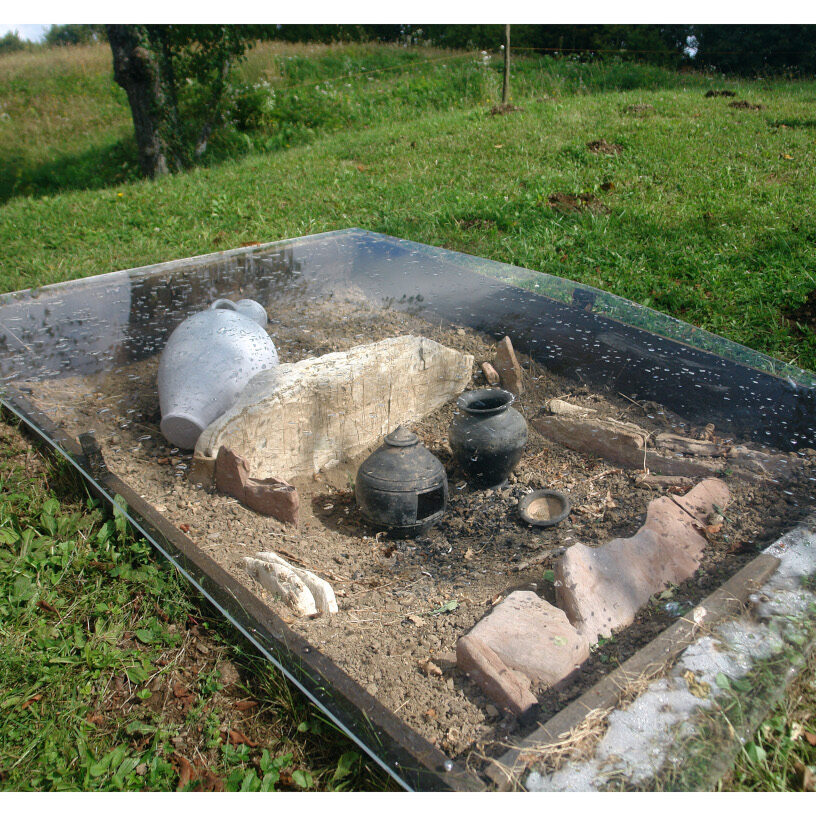
Cultural and ethnographic landmarks
Ethnographic Museum in Žumberak, located in the village of Sošice, is an important cultural institution that preserves and displays the rich ethnological heritage of this region. The museum focuses on the life and customs of the local population, with a special emphasis on traditional crafts, customs and lifestyles in the past. Visitors can see a collection of old tools, costumes, household items and agricultural implements that were an indispensable part of the everyday life of the people of Žumberak. Through the exhibited objects, the museum space evokes the authentic atmosphere of life in mountain villages, where nature and tradition have shaped the identity of the local community. The Ethnographic Museum in Žumberak provides valuable insight into the history of the area, making it an important destination for all those who want to better understand life in Žumberak throughout history.
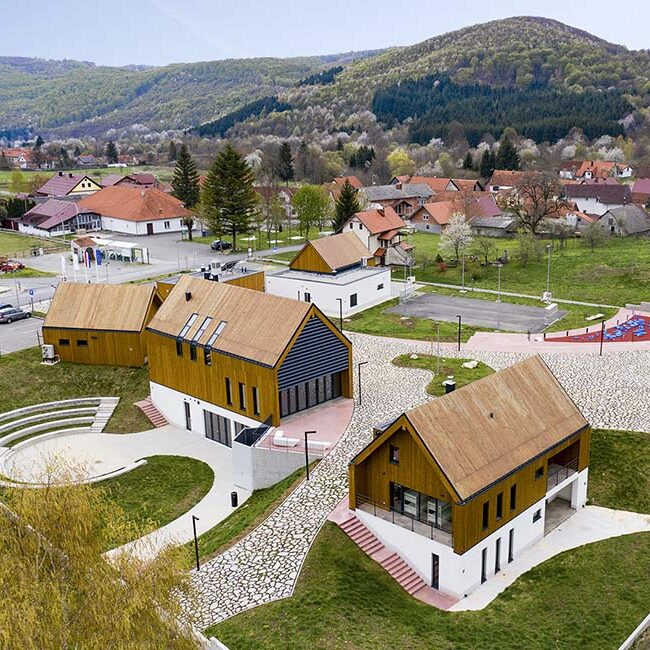
Military history of Žumberak was marked by particularly turbulent times during the early modern period, when the region was an important area of defense against the Ottoman Empire. Žumberak was home to the Uskoks, who settled in the area in the 16th and 17th centuries, fleeing from Ottoman invaders. The Uskoks were known as skilled fighters, but also as informal warriors and robbers, who attacked Ottoman caravans and settlements. Žumberak, thanks to its isolated and mountainous nature, became a safe haven for the Uskoks and other fighters against the Ottoman Empire. The Uskoks played a key role in defense strategies, and their presence in Žumberak left a deep mark on the culture and history of the area. Also, during later wars, Žumberak was an important strategic area within the Habsburg Monarchy, which tried to maintain control over the southern borders and protect them from further attacks. Today, monuments and cultural heritage associated with the military history of Žumberak are witnesses to the rich and dramatic past of this region.
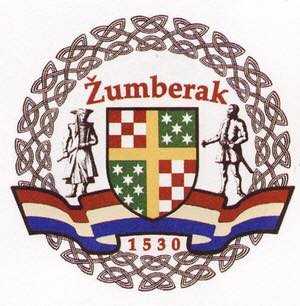
Mountain lodges and viewpoints in Žumberak provide an extraordinary experience for all nature lovers and active vacationers. Located in peaceful areas, mountain lodges offer refuge to hikers, cyclists and all visitors who want to enjoy the untouched nature of this area. Here you can relax with warm food and drinks, while enjoying the beautiful views of the surrounding hills, valleys and rivers. The viewpoints, located in the higher parts of Žumberak, provide breathtaking panoramic views, and are often the perfect places to take photos or simply enjoy the silence and peace of nature. The hiking trails leading to these viewpoints pass through dense forests, meadows and rocky paths, making every step a pleasure for all the senses. Anyone looking for an escape from everyday life, with the mountain lodges and viewpoints of Žumberak, will find the ideal place for relaxation and recreation.
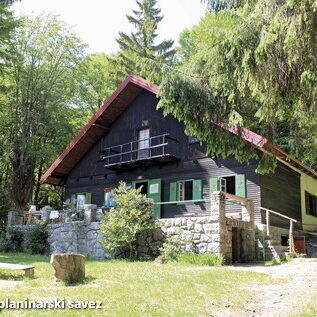
Activities and experiences
Hiking and cycling in Žumberak offer unique experiences for all lovers of active holidays. The landscape of this area, full of green forests, karst valleys, old stone settlements and peaks with spectacular views, makes an ideal environment for these activities. Hiking trails vary in difficulty, from easy walks along rivers and streams to more demanding climbs to the highest peaks, such as Sveta Gera. Cycling trails also lead through undiscovered corners of nature, allowing you to ride through quiet villages and narrow roads, all in an environment of untouched nature. Whether you opt for a leisurely ride along the rivers or for more challenging routes through mountainous areas, Žumberak offers ideal conditions for escaping everyday life and enjoying natural beauty.
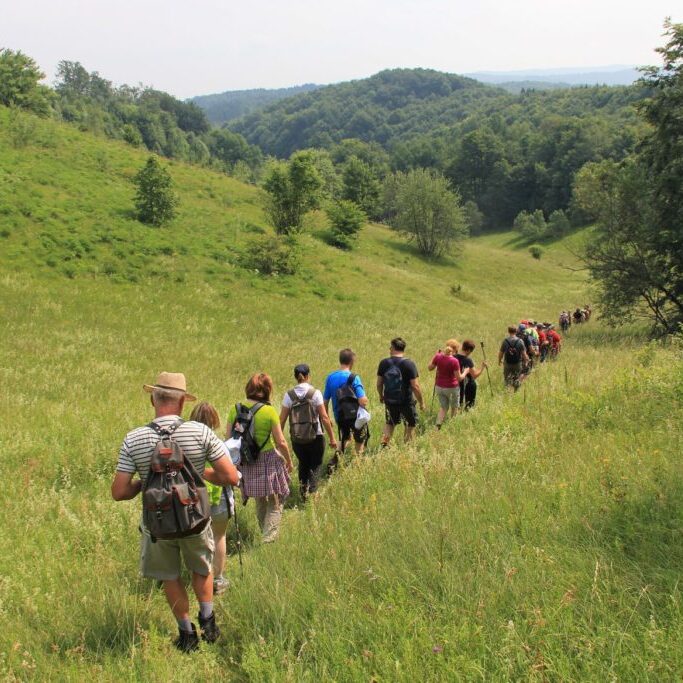
Gastronomy Žumberka reflects the rich tradition and specific way of life of this mountainous region, which combines local ingredients and ancient recipes. Žumberka cuisine is often dominated by dishes prepared with fresh, local ingredients, such as meat, cheese, vegetables and spices. They are famous for strudel with fruit and pastries from chestnuts, while homemade sausages, cured meats and various types of cheese are often found on the table. For lovers of meat dishes, roasted suckling pig and game are a must, while traditional brandy, often plum brandy or william brandy, is a frequent conclusion to the meal. In Žumberak, food is more than just food — it is an experience, and many visitors enjoy the flavors prepared with love in mountain houses and taverns, which reflect the authentic, rustic spirit of this region.

